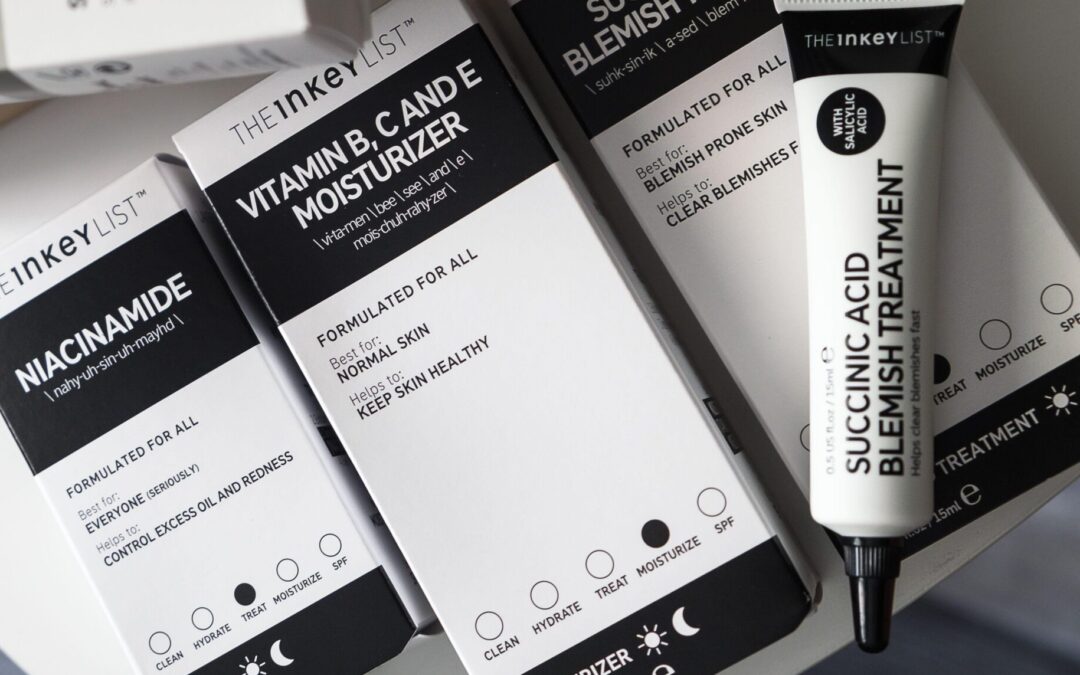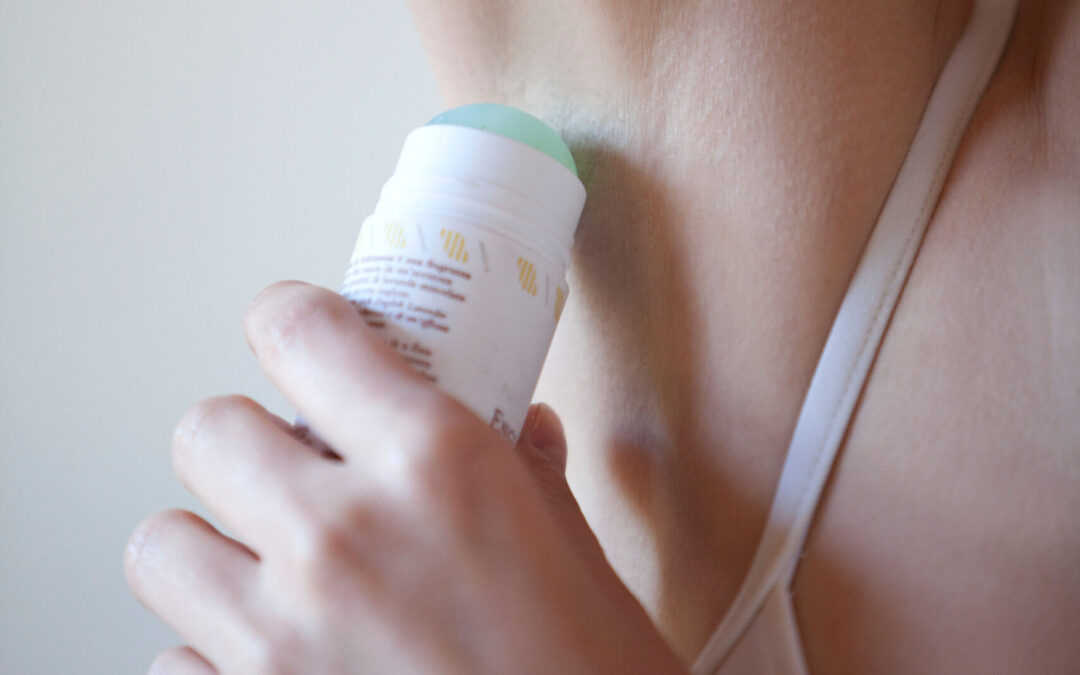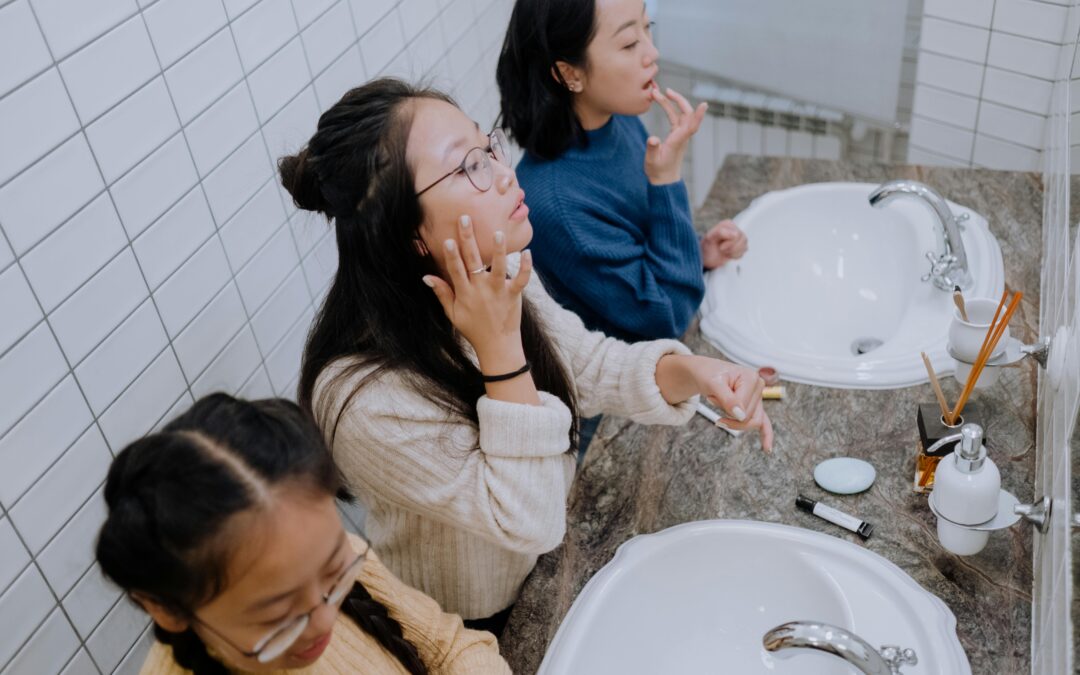‘The burn will turn into a tan’- I bet you have said or heard this before! It’s hard to envision the consequences the sun has on your skin when you are young or on holiday. We may think we are invincible when it comes to skin cancer and it may be an unpopular conversation, but unfortunately, it will always be an essential one. Radiance has spoken to a specialist about the ins and outs of skin cancer, how to detect it and prevent it.
Skin cancer takes a lot of shapes and forms and can appear at all different stages of your life. So it is important to understand the causes and the precautions you should take to avoid it.
Dr Derrick Phillips is a consultant dermatologist from London and provided all the information for this article.
There are three main types of skin cancer:
According to Dr Phillips common signs of sun damage are freckling and an increase in pigmentation.
“You can check yourself by looking at the inner aspect of your arm, where it never gets hit by the sun. If you compare that to other areas you can see a change in the pigmentation (wrinkling and colour) and that’s caused by UV exposure,” he says.
The main misconception with any type of cancer is that you don’t have to worry about it until you get older.
“It’s a good habit to start so you’re never too young to start, so there’s no harm in getting into the habit of checking your moles regularly from the age of 16.
“Normally, the longer you have been on the planet, both the sun exposure and risk increases, however, there is no harm in having a critical eye and knowing what is normal for you,” Dr Phillips says.
We now know what causes it, so let’s delve into how we can stop it.
“UV exposure is responsible for most skin cancers.” He says. ”The simple things that you can do are wearing high factor sunscreen – so that’s SPF 50 with at least five star UVA protection.”
READ MORE: We tried ‘Natural’ Deodorant for a week and this is how it went…
Dr Phillips says It’s important to remember to cover ALL exposed areas including your ears, the back of your neck and the back of your hands and that you’re reapplying if you’re actively sweating and swimming.
Sunbeds are a huge risk factor and are strongly linked to skin cancer. Australia banned commercial sunbeds in 2014 in a bid to reduce skin cancer.
“Don’t use sunbeds.” Says Dr Phillips. “If you start using sunbeds before the age of 35 then that can increase your risk of developing melanoma by 75%.”.
According to Dr Phillips, there has been a significant increase in skin cancer there are three main reasons
- There’s more UV exposure as people have easier access to sunny holidays throughout the year because of globalization.
- Sun beds are still a thing. If you look in your high street, there’s usually at least one indoor tanning salon. There’s a strong sort of pro- sunbed, government lobby, that’s stopping them from being closed down.
- And finally, because of climate change, we’re achieving higher UV indices and so people are experiencing higher levels of UV during the summer months at home.
Despite this, most cases are caught early and at a less critical stage as people are more educated on this topic.
Dr Phillips says: “Protect yourself and if anything doesn’t feel right, don’t risk it, get it checked.”




